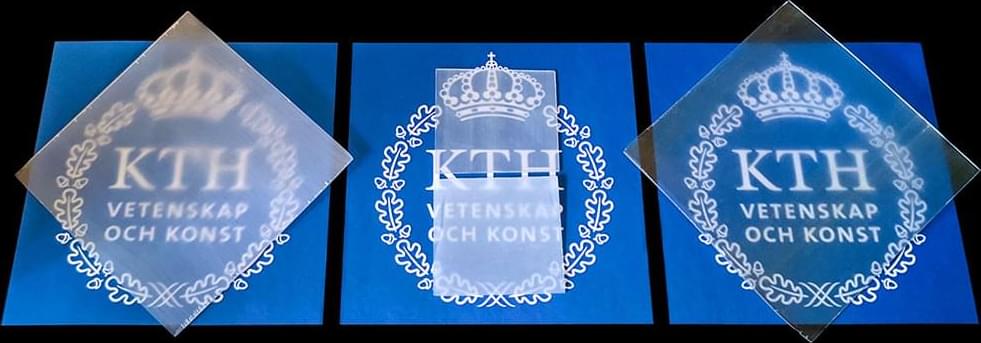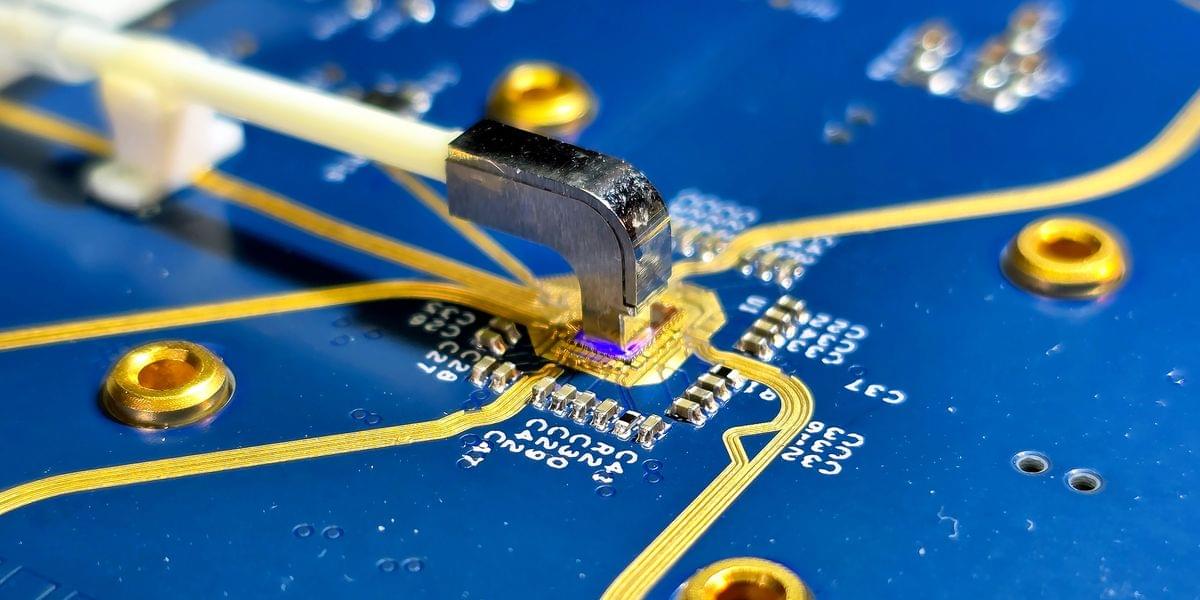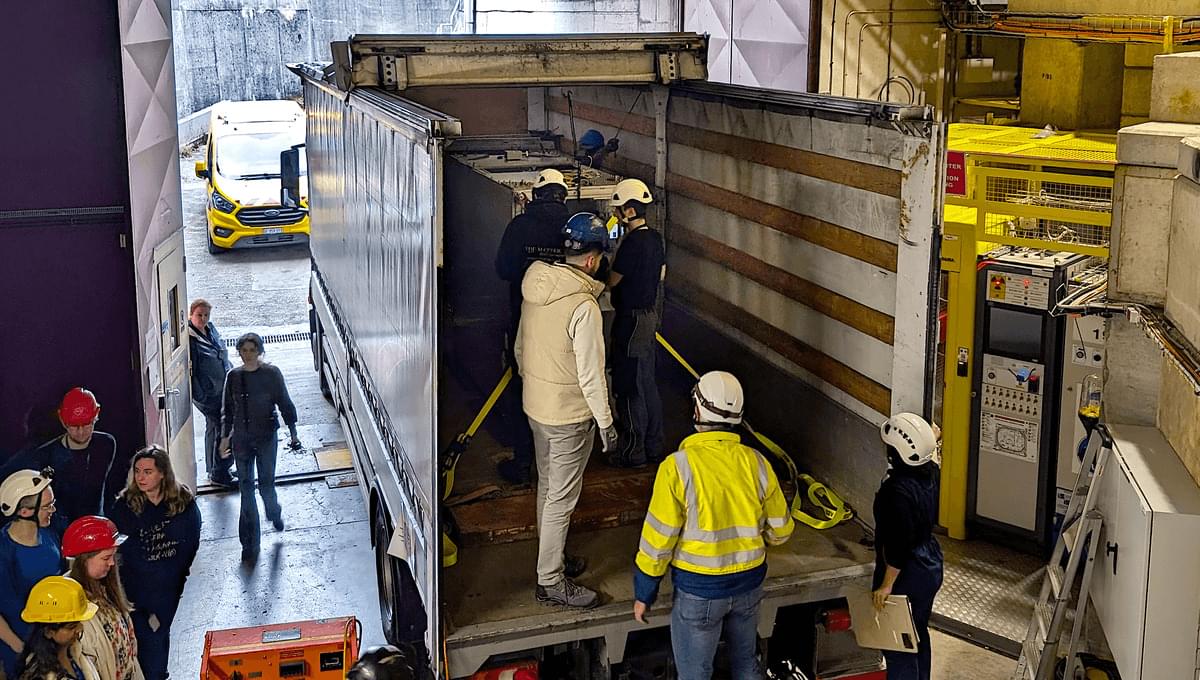Japanese scientists have potentially achieved a major medical breakthrough that could transform the future, with artificial blood that works no matter what



Five years after introducing see-through wood building material, researchers in Sweden have taken it to another level. They found a way to make their composite 100 percent renewable – and more translucent – by infusing wood with a clear bio-plastic made from citrus fruit.
Since it was first introduced in 2016, transparent wood has been developed by researchers at KTH Royal Institute of Technology as one of the most innovative new structural materials for building construction. It lets natural light through and.
The key to making wood into a transparent composite material is to strip out its lignin, the major light-absorbing component in wood. But the empty pores left behind by the absence of lignin need to be filled with something that restores the wood’s strength and allows light to permeate.


A pioneering biobattery has been shown to reduce tumor growth in the body and could hold the key to a new drug-free immunotherapy treatment in cancer patients.
The breakthrough, a global collaboration between Distinguished Professor Gordon Wallace and Professor Caiyun Wang from the Intelligent Polymer Research Institute (IPRI) at the University of Wollongong (UOW) and researchers from Jilin University in China, is outlined in a new paper published in Science Advances.
Biobatteries have the same basic parts as regular batteries—two electrodes (anode and cathode), a separator and an electrolyte—but use biological processes to create electricity. The paper examines how biobatteries can be used to target tumors and spark a localized immunotherapy response in the body.



Scientists call for halt on ‘mirror life’. A new study suggests that creating a new tree of life could put the earth at unprecedented risk. paper: https://www.science.org/doi/10.1126/science.ads9158 #science #breakthrough #biology #mirrorlife #shorts 🚀 JOIN US for members-only content: https://www.patreon.com/DrBenMiles 🤘👨🔬 ROCKSTAR SCIENTIST Merch: https://www.rockstarscientist.org/ 📸 INSTAGRAM https://www.instagram.com/drbenmiles A few people have asked so I’ve added the info below. Some of these are affiliate links. If you make a purchase it doesn’t cost you anything extra, but a percentage of the sale will help support this channel and my work to bringing entrepreneurship into science. Camera : Sony A7III https://amzn.to/3OWrmGd Lens: Sigma 402,965 16 mm F1.4 https://amzn.to/49BNJdq Mics: Shure SM7B https://youtu.be/lVTS_J7Xmxs Zoom H4n Pro https://amzn.to/3OXsklB Sennheiser AVX https://amzn.to/4geWnBi …


Imagine slipping on a pair of contact lenses and suddenly being able to see infrared light—without any bulky equipment or even a battery. That’s now a reality thanks to breakthrough lenses developed by scientists that convert invisible infrared into visible colors.
Mice tested with the lenses navigated away from infrared light, while humans could perceive flickering codes and light directions. The lenses even work better with eyes closed, thanks to superior penetration of infrared light.
Infrared Vision Through Contact Lenses